Panasonic HX800 (TX-58HX800) review: a top-value cinematic big-screen 4K TV
Panasonic's HX800 brings rich and accurate 4K images for film, and is a great choice for gaming and PS5 too
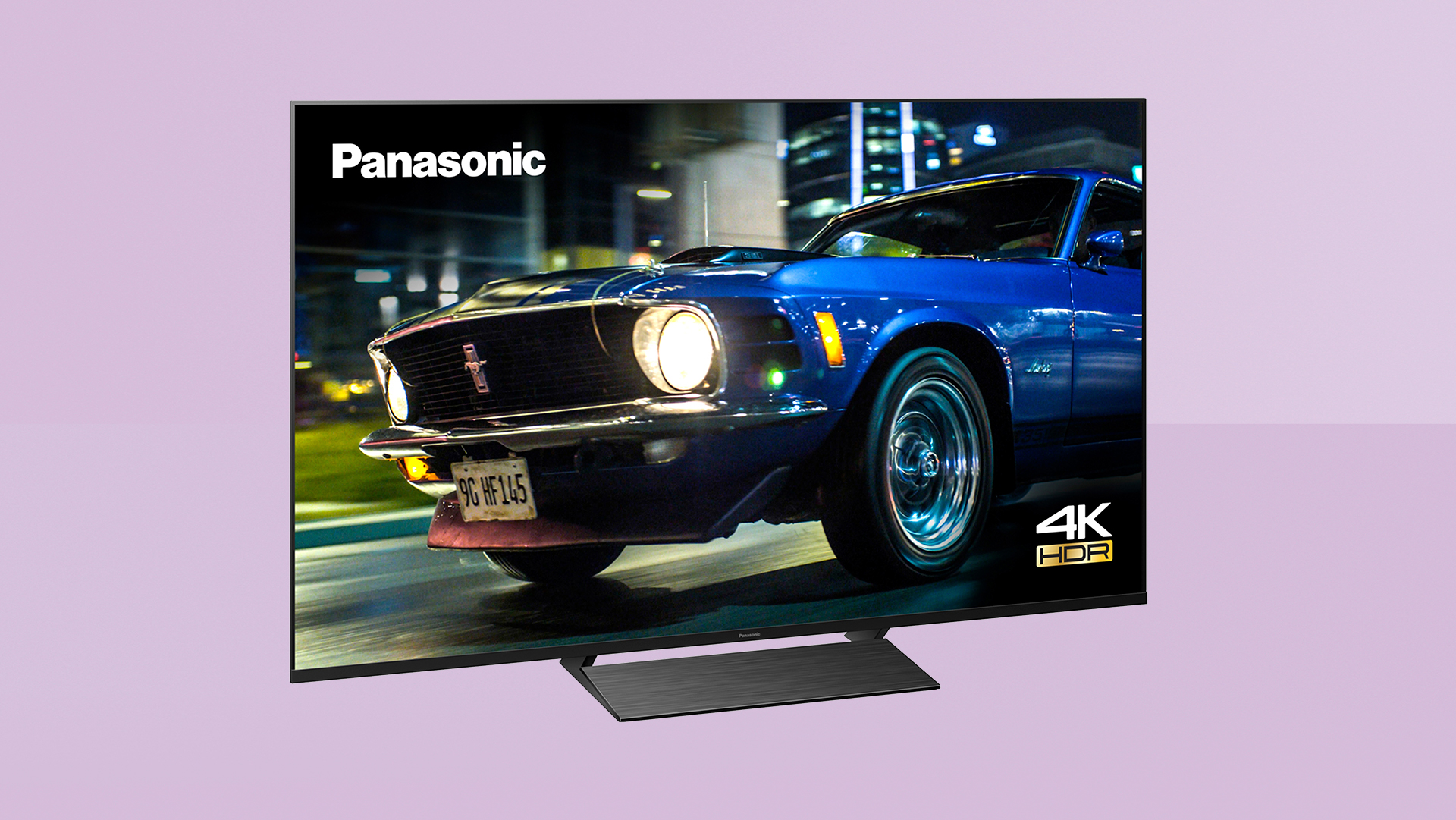
The Panasonic HX800 is a really rewarding and cinematic TV, and we think the 58-inch size is a winner especially at this price. It suffers a little from its overall brightness levels, though.
-
+
Super-slim design
-
+
Gloriously cinematic picture quality
-
+
Low latency for better gaming
-
-
No Disney+
-
-
Only three HDMI inputs
-
-
Brightness is only average
Why you can trust T3
The Panasonic HX800 (TX-58HX800) punches above its weight with its edge-lit 4K LCD display, pictures tuned in conjunction with Hollywood pros, support for every advanced HDR format (still surprisingly rare even in premium sets) and a strong collection of smart features. Panasonic is sure to have a mid-range winner with the HX800 TV series.
We tested the 58-inch model but it comes in a few different sizes. It's a set with some of the most accurate and cinematic images we've seen recently and is one of the best TVs under £1000. It's also one of the best gaming TVs, thanks to an impressive lack of lag.
• Meet the best TVs overall
• Save even more with the best TVs under £500
• The current best cheap TV deals
It's far from perfect, but its problems can be overcome. All-in-all, we're big fans of its big 58-inch panel and the detail it brings to your 4K movies at that size.
Panasonic HX800 review: Price & features
The model on our test bench is the 58-inch TX-58HX800. If this doesn’t quite fit that space you’ve allocated in the corner of the room, the HX800 is also available in 40-inch (TX-40HX800), 50-inch (TX-50HX800), 65-inch (TX-65HX800) sizes. It’s worth pointing out that there’s also an HX820 model, but this is simply a variant for certain retailers, without any differences to the model featured here.
The HX800 provides a jumping-on point for Panasonic’s 4K LED LCD models, and sits below the step-up HX900 and HX940. But that doesn’t mean that it’s short of premium niceties: there’s support for both Dolby Vision and HDR10+ advanced HDR formats, which enable a screen to maximise image quality on a scene by scene basis.
The TV is also Dolby Atmos friendly, although you’ll need to partner it with an external sound system to make the most of the immersive sound format. The screen’s onboard sound system is standard two-channel stereo.
There are only three HDMI ports, which is weak in a world where four is normal (and expected at this point), plus two USBs ports (one a fast v3.0), a digital optical audio out, component AV and Ethernet.
While the HDMI ports are designated at version 2.0 (fine for standard 4K HDR), the screen does offer auto-switching ALLM (Auto Low Latency Mode), an HDMI 2.1 feature that automatically switches the screen to game mode when a console input is detected (this is supported on PlayStation 5 and Xbox Series X).
The tuner in the UK version of the HX800 is Freeview Play, complete with roll-back programme guide, but there's no satellite alternative. Wireless support includes dual-band Wi-Fi (so you can avoid bandwidth congestion) and Bluetooth, the latter with headphone pairing for late night listening.
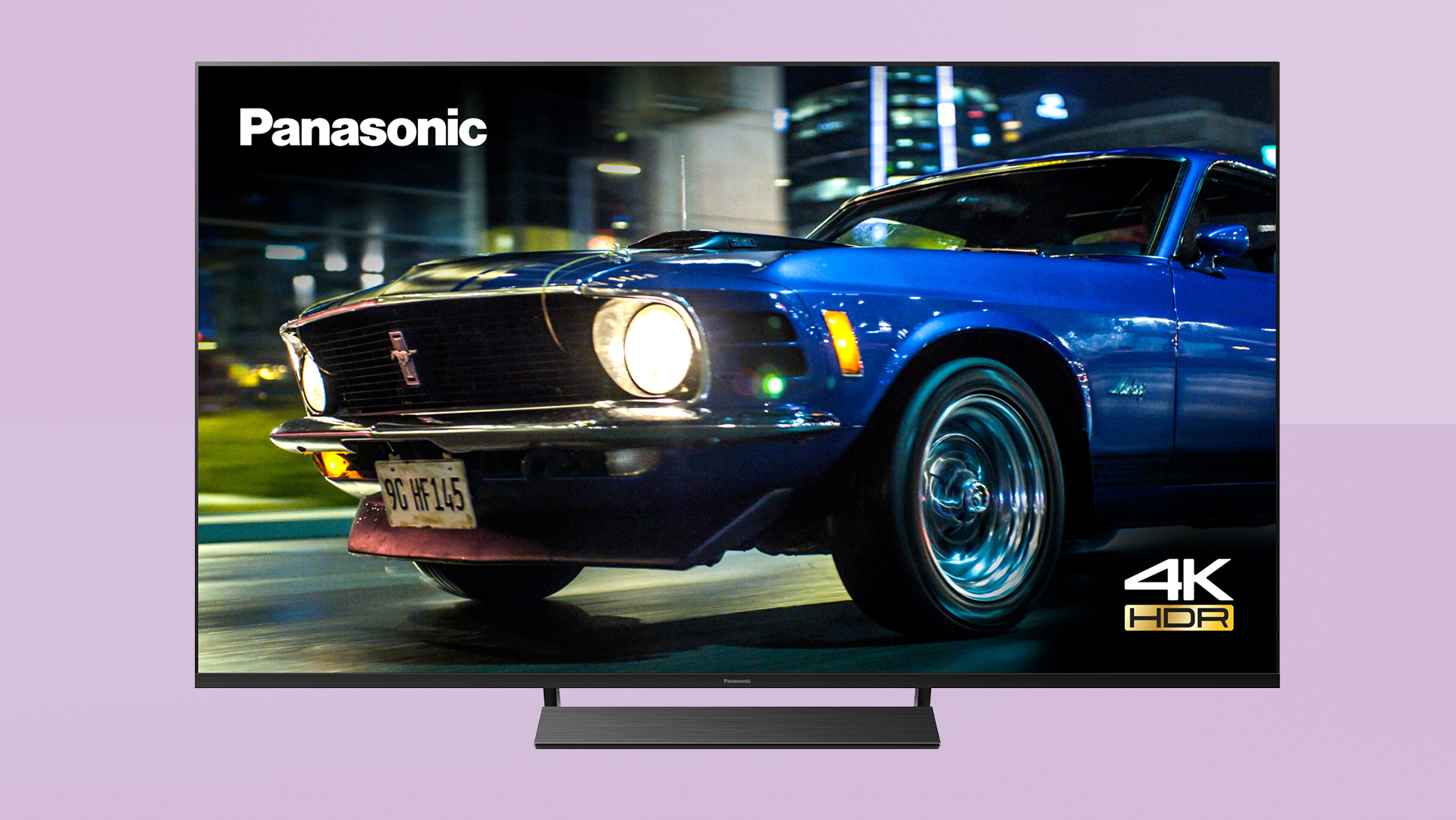
Panasonic HX800 review: Picture performance
Panasonic does cinematic sheen better than anyone. There’s a lushness to the HX800’s pictures which is immediately engaging. The image doesn’t prioritise LED brightness, but it’s all the more cinematic for that. Colour fidelity is excellent. Even the catch-all Normal viewing mode trades glare for big-screen glamour.
The HX800 is edge-lit, rather than full-array, but backlight uniformity is generally fine. You’ll find predictable light splodges if you look hard, but with most full-screen material they’re unnoticeable.
Local Dimming enhanced Contrast is really strong for an edge-lit set. Black letterbox bars look suitably dark, provided you maintain some level of ambient light in the room. A 2020 full-array set, such as the Samsung Q80T inevitably has more brightness and stronger black areas, but it also costs a lot more.
The set also looks excellent with SDR content, upscaling with a gentle touch. The screen looks splendid with Blu-ray and other HD sources – fine detail gets a lift from the brand’s familiar HCX image processor, and the average picture level is high.
The choice of image presets covers Dynamic, Normal, Cinema, True Cinema, Custom and Sport. The Normal mode remains our recommended option for most content, although perhaps surprisingly, Dynamic with controlled oversaturation also proves rather satisfying. In darker environments for movie screenings, the True Cinema mode is the best option, as it’s got more punch than the regular Cinema mode.
Inevitably the panel really blooms with 4K sources. 58-inches may sound like an inbetweener size, but the extra real estate over a 55-inch set is a treat when it comes to detail and image depth. Skin tones look sensational, with believable texture.
Multi-HDR support means you won’t suffer FOMO when watching Amazon Prime (for HDR10+) or Netflix (Dolby Vision). There’s also provision for broadcast HLG, which is finally starting to arrive, as well as HLG Photo, supported by some of Panasonic’s high-spec mirrorless cameras.
Unlike static HDR, dynamic HDR technology like Dolby Vision allows the TV to manage high brightness and shadow detail on a scene by scene basis.
HDR performance is in line with last year’s GX800 model. We measured peak HDR brightness at just under 450 nits, using the Dynamic picture preset. There’s only a marginal drop-off with other picture modes. Combined with an admirable level of contrast, this means the set has no problem presenting specular highlights. Those elements in a grade designed to pop from the screen, like spot light or effects, really stand out.
However, while this is good overall for sets in this kind of value range, the brightness is notably lower than the brightness of the Philips OLED754, which has the double advantage of being an OLED set, so handles contrast much better than this TV, meaning HDR performance is much better overall. The (UK & Europe-only) 55-inch OLED754 is around the same price, so is the single biggest competitor here, and has the edge when it comes to HDR image performance overall.
Panasonic’s familiar motion handling technology, Intelligent Frame Creation, once a reason to head for the off switch, is actually very effective. The brand lists the strength of IFC here as 1600 Hz BMR, which is, of course, gobbledygook. We had no qualms using the Min setting for general TV content.
Inevitably, motion artefacts are more evident on the Mid and Max settings. If you’re watching movies from Blu-ray (at 24 frames per second) our advice remains to switch IFC off. This eliminates all motion artefacts, but you’ll have to live with a level of panning judder.
Panasonic continues to over deliver on its gaming performance. We measured a low latency of 10.2ms (1080p/60fps) in Game mode on the HX800, which is phenomenal. Play with the Normal viewing mode, and this jumps to 140ms – fortunately, the inclusion of ALLM (mentioned earlier) means it will auto-switch to the Game mode when a console that supports ALLM tells it to (which both the PS5 and Xbox Series X will).
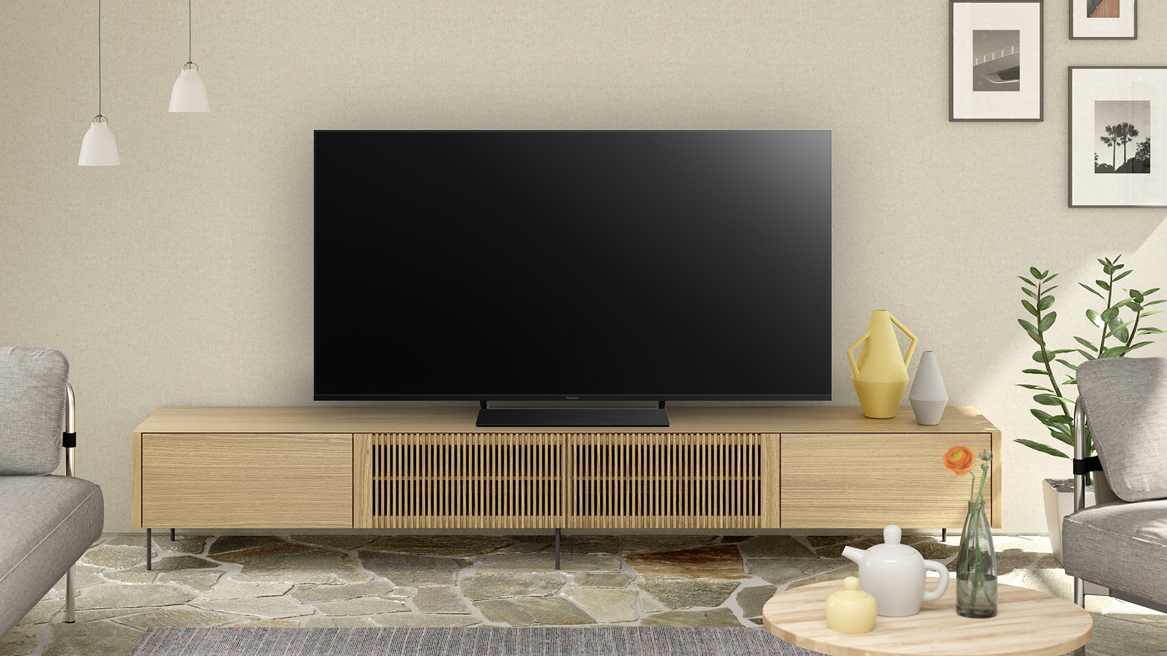
Panasonic HX800 review: Sound quality
One downside to a TV being as deliciously svelte as this one is that there really isn’t much room to accommodate a fancy sound system. So the best we could reasonably hope for is that the HX800 puts in a workmanlike performance straight out of the box – and it does.
There’s a 2x10W power plant on-board, capable of a certain amount of stereo gusto. But you’ll want to partner it with one of the best soundbars sooner rather than later.
The good news is the set recognises a Dolby Atmos stream, and will pass it out over HDMI ARC – a perfect pairing with the Sony HT-X8500 if you’re looking for something inexpensive that makes the most of Atmos, and gives a big sound to match the big screen size here. That Sony soundbar has an HDMI passthrough, so you won’t lose an HDMI port by connecting, which is obviously vital when there’s only three to begin with.
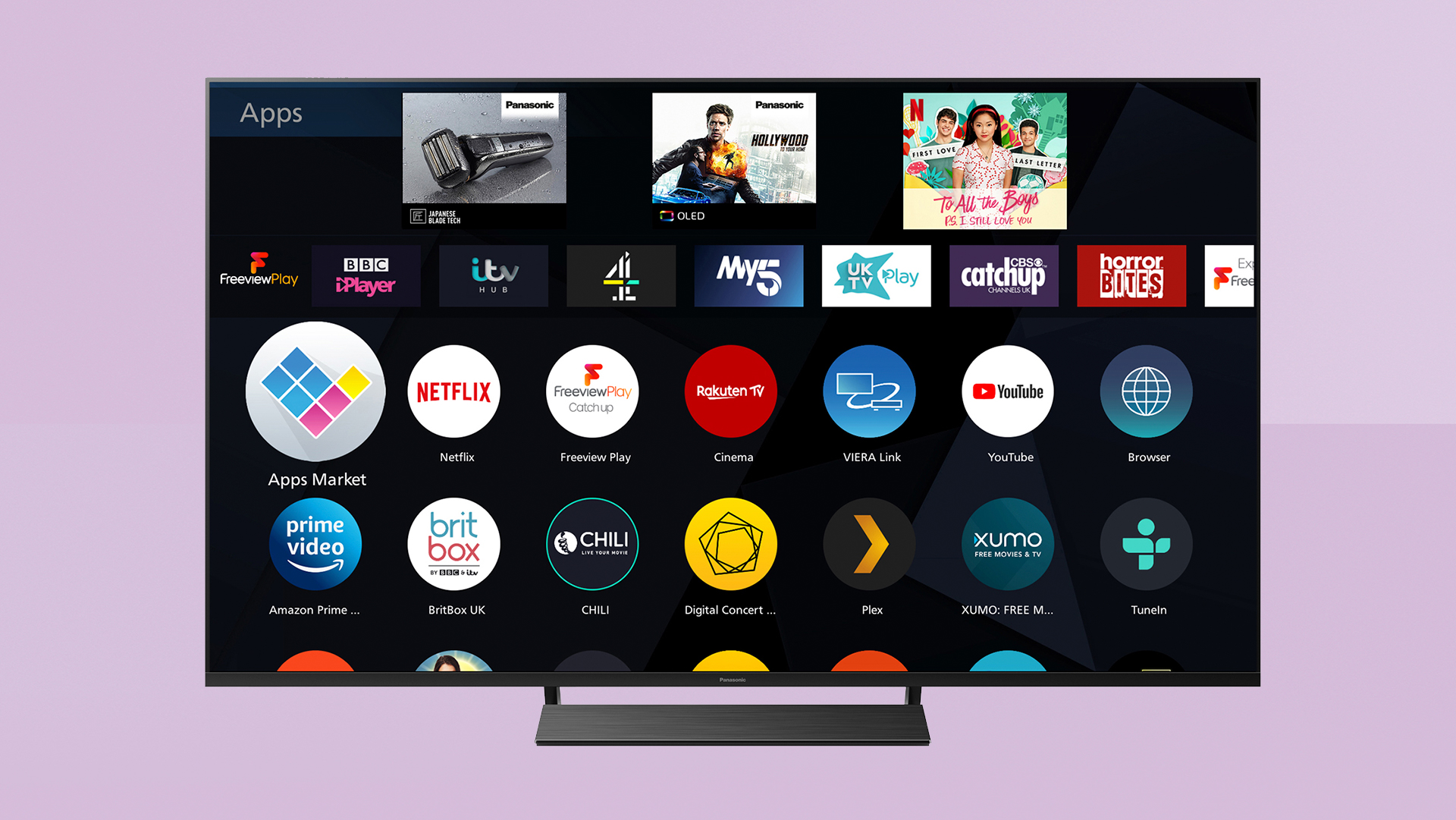
Panasonic HX800 review: Design & usability
The TX-58HX800 is fashionably minimalist when it comes to design, but there’s some pleasing attention to detail. Just as we saw on last year’s GX800 models, the LCD panel appears to sit on top of, rather than within, the surrounding bezel. This glass-on-frame aesthetic is quite chic.
The panel itself stands on a central singular pedestal, so there’s no need to scour furniture catalogues looking for an ultra wide AV bench.
The remote control is a standard Panasonic unit, distinguished only by dedicated Netflix and (in the UK) Freeview Play buttons.
Smart connectivity comes via Panasonic’s own My Home Screen platform, now up to v5.0. It remains intuitive and easily customisable, with solid streaming TV service support.
It may not be a far-reaching smart platform as Android TV, but Home will still engage with Google Assistant and you can use Amazon Alexa smart integration too, if that’s more to your taste.
Overall functionality remains unchanged. You can add extra buttons to the default trio (Devices, Apps and Live TV), for preferred streaming services and connected gizmos. If you’re big on Amazon Prime, stick a button for it on the Home page.
The Device button remains a go-to for connected sources, like TV boxes, games consoles or Blu-ray player. It also recognises networked NAS devices with media servers.
In addition to Netflix, there’s Rakuten.tv, YouTube and Brit Box, but no Disney+ as of yet – that's a pretty major miss for anyone with kids, or who loves Star Wars, or who loves Marvel movies… which covers most of us.
However, you can watch Disney+ with one of the best 4K media streamers though, which don’t cost very much (although you do have to use an HDMI port connecting one).
Hopefully, an update in the future will fix the lack of Disney, in any case.

Panasonic HX800 review: Verdict
The HX800 is exactly the LED thinscreen we want it to be. There’s a lush, cinematic authenticity to its pictures which is certain to satisfy movie enthusiasts. Images are capable of blistering detail, without looking over-emphasised or forced. Colour accuracy is outstanding.
Smart usability is also top notch. This newly refined version of Panasonic’s Home platform is easy to customise and use, but we really would like to see Disney+ onboard.
Comprehensive HDR support is the icing on the cake. Unlike comparable flatscreens from rivals like Sony, LG and Samsung, there’s no need to choose which dynamic metadata standard to support. This set does them all. In all, the HX800 comes highly recommended.
There are two sets available at the moment in a comparable price range you should also consider. The Philips OLED754, mentioned earlier, is around 50% brighter than than the HX800, and its OLED screen offers contrast that this TV can only dream of, really. It also has Philips' Ambilight tech, which we really rate. It's processor is slightly older, but T3 rates it slightly above this TV overall – though we wouldn't argue if you wanted to trade its more dazzling and punchy HDR for the hardcore accuracy here.
The other really strong option is the Samsung Q80R, which is a TV from last year that's had its price roughly halved, and is slightly cheaper than this one for the 55-inch model. Because it started price as a very premium set, its QLED LED screen has a full-array backlight with really precise backlight dimming. As a result, it's roughly twice as bright as this set, which has a huge impact on how impressive HDR looks, and makes it much, much more visible in bright rooms that get a lot of sunlight, when the light is streaming in. Again, T3 thinks it's overall a slightly better buy than this one while stocks last – the fact that it's had such a huge price drop because it's being replaced is what makes it such a strong buy.
Sign up to the T3 newsletter for smarter living straight to your inbox
Get all the latest news, reviews, deals and buying guides on gorgeous tech, home and active products from the T3 experts
For over 25 years, Steve has been casting his keen eyes and ears over the best that the world of TV and audio has to offer. He was the creator of Home Cinema Choice magazine, and contributes to huge range of technology, home and music titles along with T3, including TechRadar, Louder, Ideal Home, the i newspaper, and more.
-
 Garmin’s on a mission to update your wrist into oblivion as 100+ tweaks land on Fenix and Enduro watches
Garmin’s on a mission to update your wrist into oblivion as 100+ tweaks land on Fenix and Enduro watchesThe latest beta update looks comprehensive
By Matt Kollat Published
-
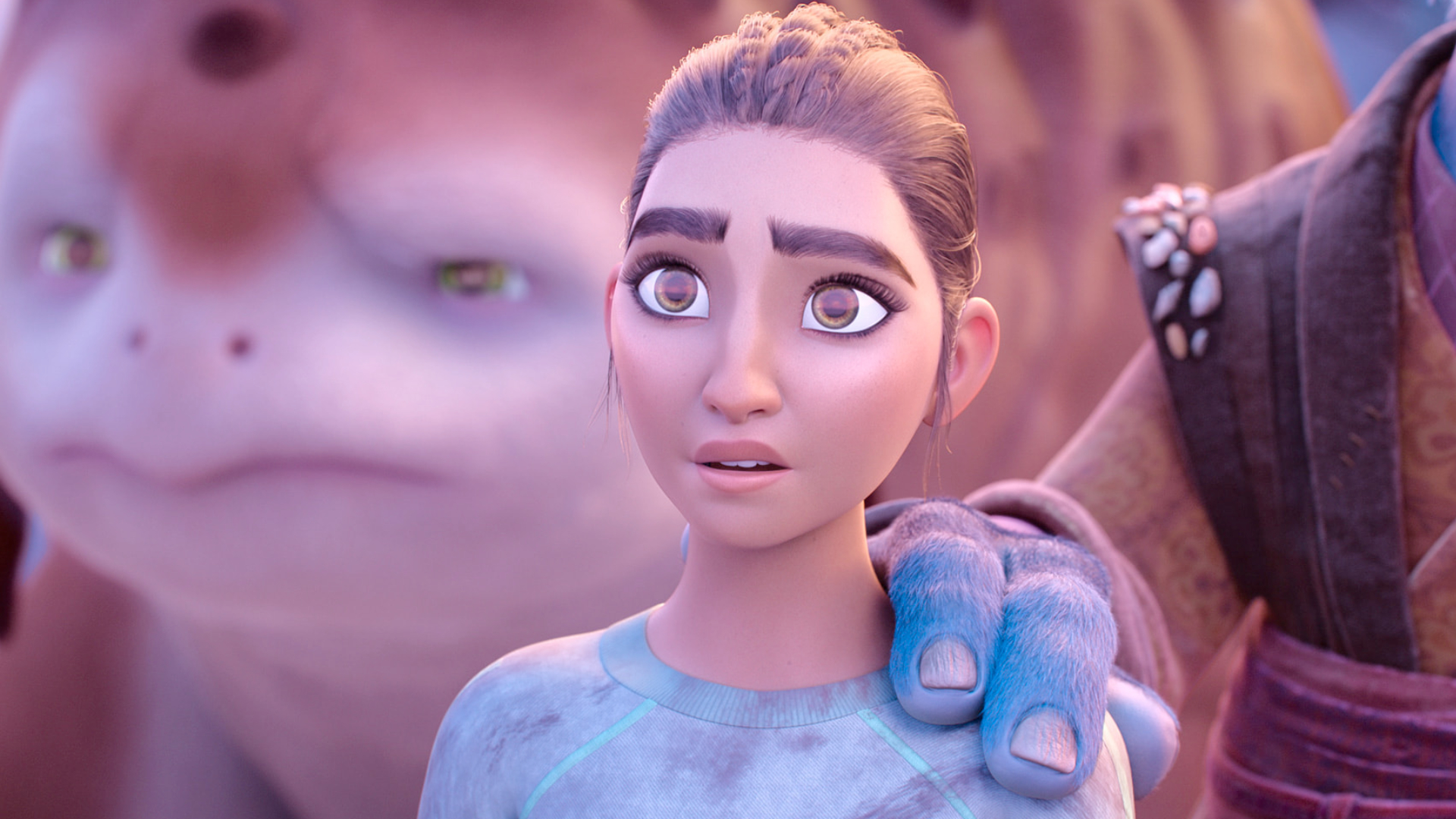 Apple TV+'s beloved sci-fi series gets a surprise sequel and trailer
Apple TV+'s beloved sci-fi series gets a surprise sequel and trailerWondla is coming back
By Max Freeman-Mills Published
-
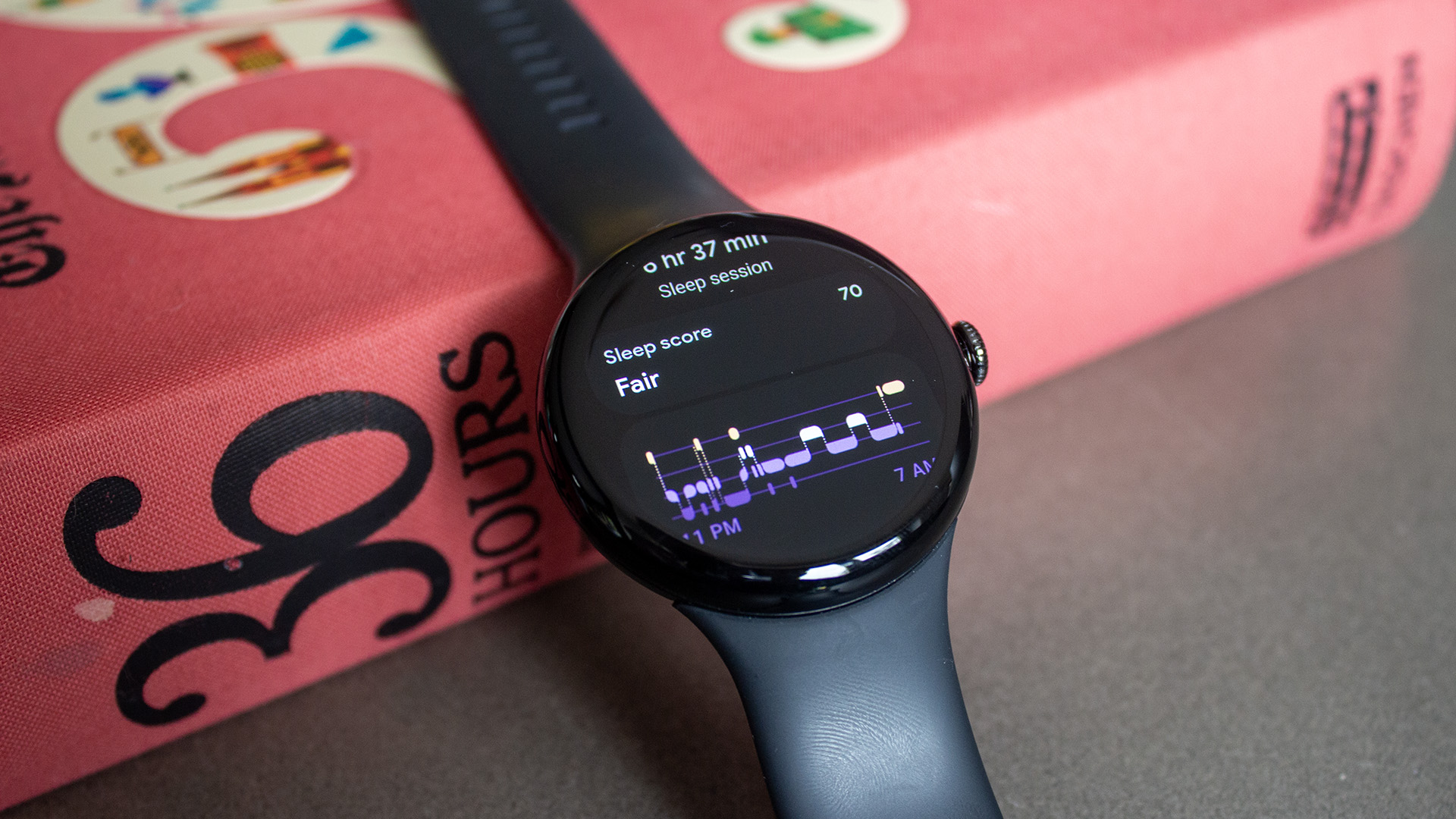 Google Pixel Watch 3 just got a potentially life-saving update in the US
Google Pixel Watch 3 just got a potentially life-saving update in the USThe latest update brings advanced heart monitoring to American wrists
By Matt Kollat Published
